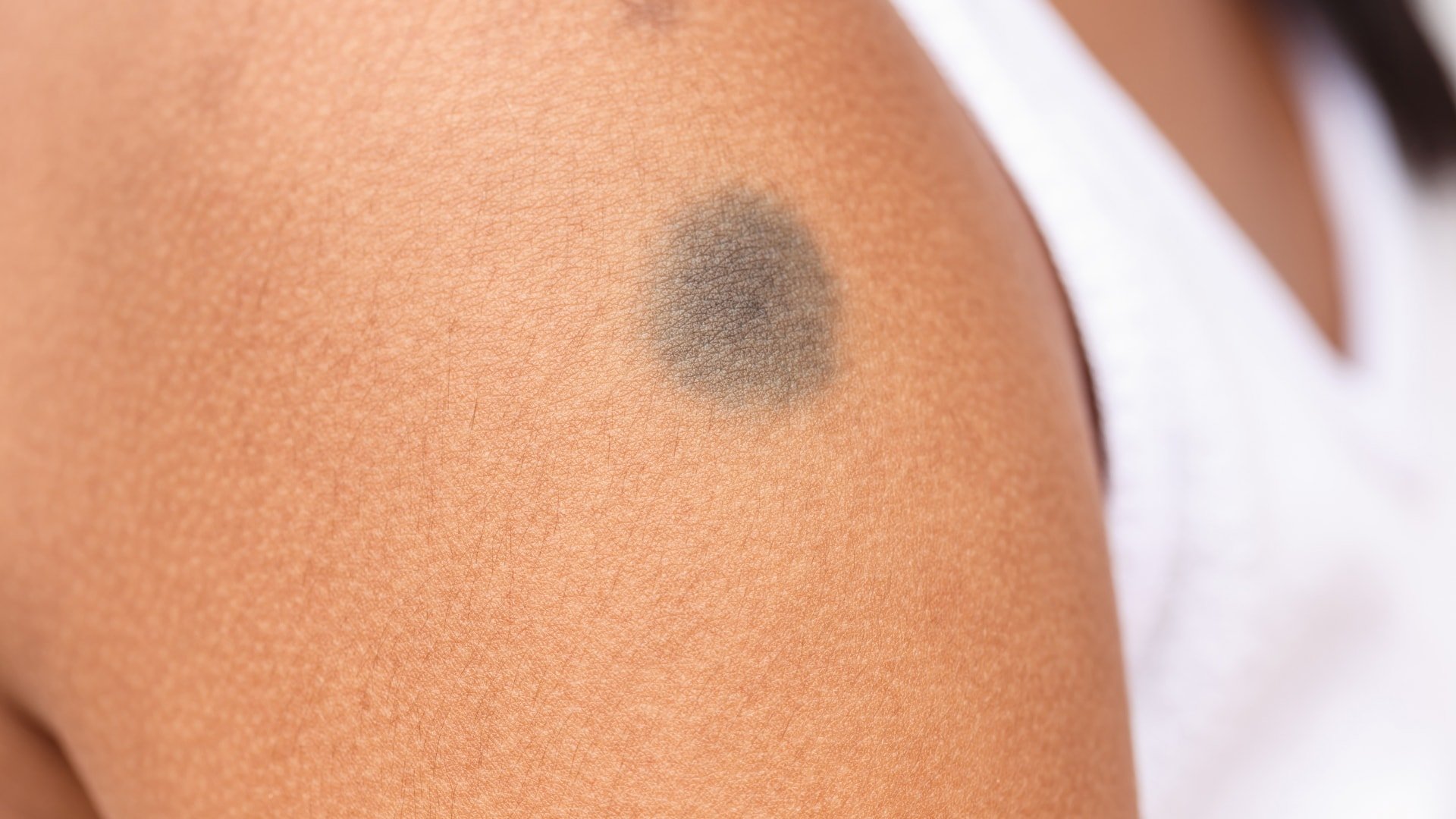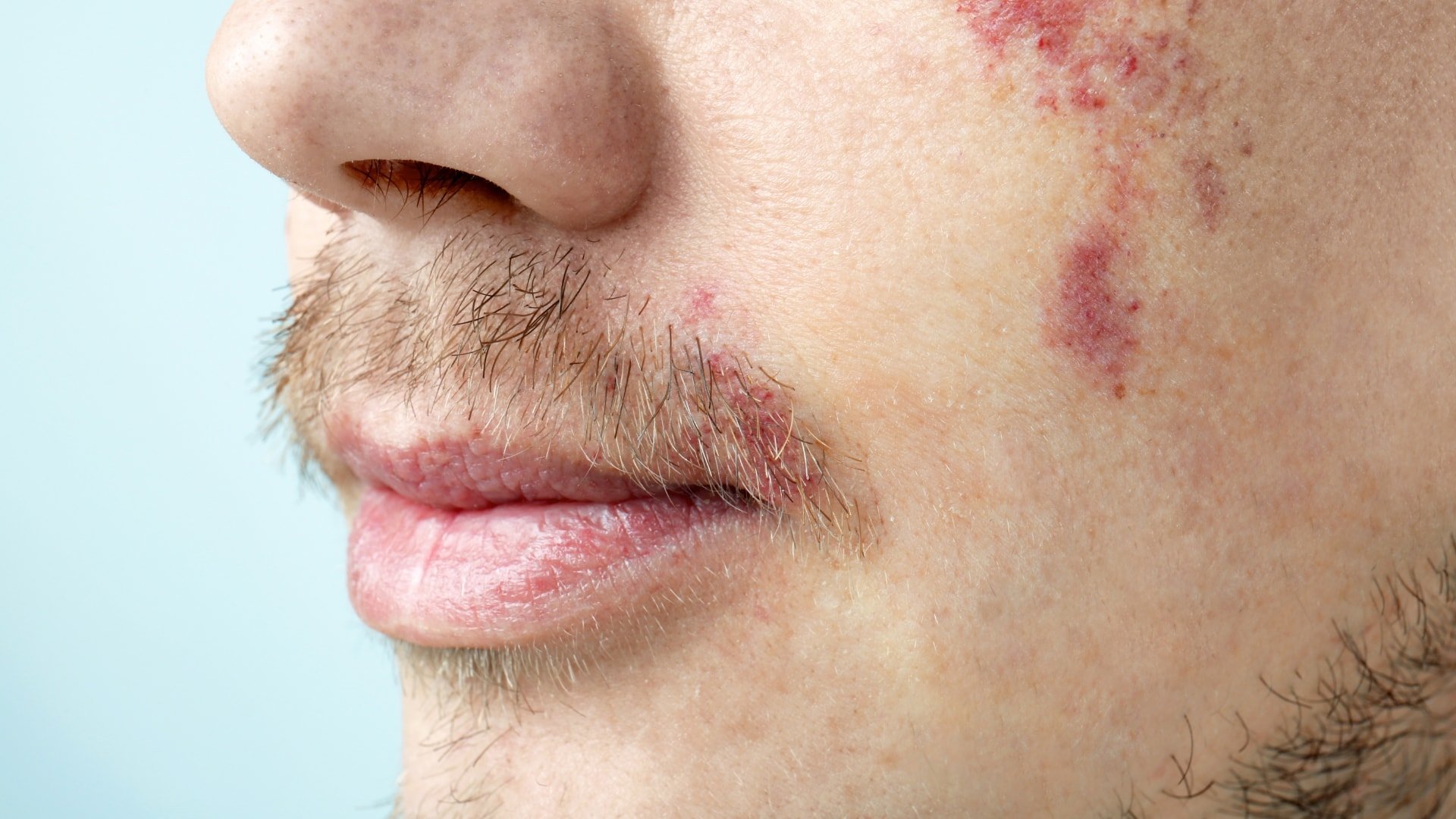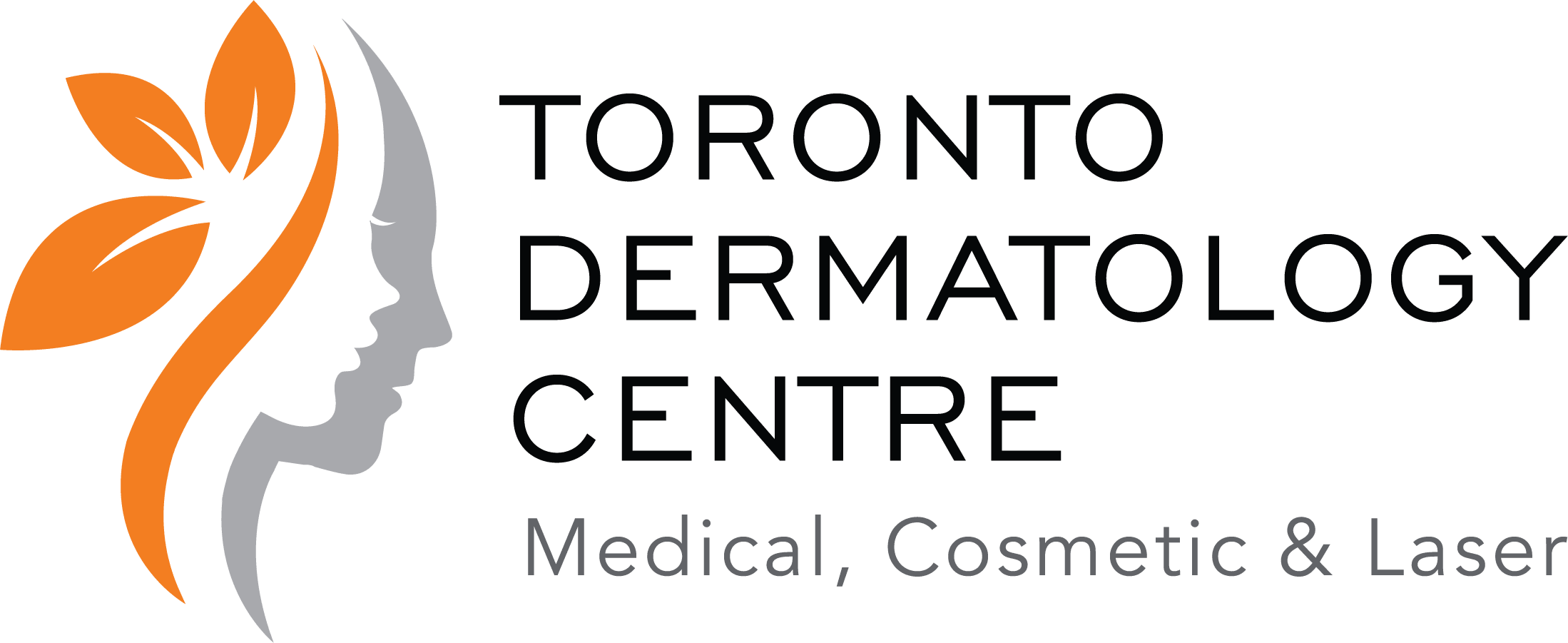The Toronto Dermatology Centre is one of the best places in Canada to manage your vascular (blood vessel) birthmarks. Our staff of outstanding dermatologists offer both a comprehensive assessment and diagnosis of your skin, and also discuss all the treatment options.
What Is a “Vascular Birthmark?”
Many babies have what are called “birthmarks” when they’re born or which develop within the first few weeks of life. They can be brown, tan, blue, pink, or red. More than 10% of babies have (red) vascular birthmarks. These are made up of an increased number of blood vessels in the skin. They can be flat or raised, pink, red or bluish in color.
What Causes Birthmarks?
The exact birthmarks causes are unknown. However, vascular birthmarks are not inherited, nor are they caused by anything that happens to the mother during pregnancy.
What Are The Different Types of Vascular Birthmarks?
There are different kinds of vascular birthmarks. Sometimes, the birthmark must be watched for several weeks or months before the specific type can be identified. The most common types of vascular birthmarks are macular (flat) stains, hemangiomas, and port wine stains. There are also some very rare types of vascular birthmarks.

Macular Stains
The most common type of vascular birthmark that your physician may identify is called a macular stain. They are also called “angel’s kisses,” when they are located on the forehead, eyelids, tip of nose, or upper lip. When they are found on the back of the neck, they are frequently called “stork bites.” Macular stains are faint, mild red or pink, and flat. Angel’s kisses almost always go away by two years of age, but stork bites usually persist into adulthood. These birthmarks are harmless and require no treatment.
Hemangiomas
Dermatologists prefer to use the term hemangioma to refer to a common type of vascular birthmark. These marks do not usually appear immediately at birth, but become visible within the first few weeks of life. Hemangiomas are usually divided into two types: superficial (used to be called “strawberry” hemangiomas), and deep.
A superficial hemangioma is raised and bright red because the abnormal blood vessels are very close to the surface of the skin. Deep hemangiomas have a bluish-purple color because the abnormal vessels are deeper under the skin (like varicose veins appear blue). Hemangiomas are more common in females, more common on the head and neck, and more common in premature babies. They can be anywhere on the body.
Usually, a baby will have only one hemangioma, but sometimes there will be two or three. In very rare cases, an infant may have many, or even some internally. Unlike other vascular birthmarks, hemangiomas usually grow very rapidly. Growth generally begins during the first 6 weeks of life and continues for about 8-12 months. After the first year, most hemangiomas will stop growing. They then begin to turn white and slowly shrink. Half of all hemangiomas (50%) are flat by age five.
Nine out of ten (90%) are flat by age nine. Many will completely go away, but often, a faint mark is left. It’s impossible to know how big any hemangioma will grow, or if it will completely disappear.

Complications of Hemangiomas
Occasionally, a hemangioma which is growing or shrinking rapidly can form an open sore or ulcer. These sores are often painful, and can become infected. It’s very important to see your dermatologist and keep this ulcer clean and covered with antibiotic ointment and/or a dressing.
A hemangioma located over the genitals or rectum, near an eye, nose or mouth, can cause special problems. These hemangiomas should be watched closely by your dermatologist who will decide if further treatment is necessary.
Parents are often concerned that a hemangioma will bleed. These birthmarks do look as if they could bleed easily. However, this usually is not a problem because the blood vessels are very tiny capillaries. Bleeding usually occurs only after injury. If the hemangioma starts to bleed, it should be treated like any other injury by cleaning the area with soap and water or hydrogen peroxide, and applying a gauze bandage. Apply firm, but not tight, pressure on the area for five to ten minutes to stop bleeding.
Treatment of Hemangiomas
It’s very important that a baby with a vascular birthmark be examined by a dermatologist as early as possible so that a correct diagnosis can be made and the possible need for treatment discussed. It’s not always easy for parents to watch a hemangioma grow, or wait for it to disappear without doing anything. However, most hemangiomas do not require treatment. They eventually shrink by themselves, leaving very few signs.
There are several different types of treatments for hemangiomas. Most of the time, your dermatologist will choose to watch the lesion. Other possibilities will be considered only under certain circumstances. No treatment is absolutely safe and effective. The potential benefits of treatment must be weighed against the possible risks.
The most widely used treatment for rapidly growing hemangiomas is corticosteroid medication. This is either applied topically, injected into the hemangioma or given by mouth. Long-term or repeated treatments may be necessary. More recently, propranolol has been shown to be an effective option as well. Topical imiquimod (Aldara) has been successfully used in some cases.
Lasers can be used to prevent growth of hemangiomas and to remove superficial hemangiomas. Hemangiomas with sores that will not heal can also be treated with lasers.
Port-Wine Stains
The port-wine stain is another type of vascular birthmark that occurs in 3 in 1,000 infants. Port-wine stains appear at birth. They are flat, pink, red or have a purplish discoloration. Unlike hemangiomas, port-wine stains grow proportionately as the child grows. Over time, port-wine stains may become thick and develop small bumps or ridges. Port-wine stains are permanent.
Toronto Dermatology Centre is located in Toronto, Ontario, and serves men and women in North York, Vaughan, Richmond Hill, York, Aurora, Thornhill, Mississauga, Scarborough, Brampton, Etobicoke, Pickering, Peterborough, Guelph, Kitchener, Oakville, Barrie and all of Greater Toronto (GTA).
Thinking of visiting Toronto’s premier skin clinic soon?
Fill out the inquiry form below and let us know your area of interest.
Call us today @ 416.633.0001
